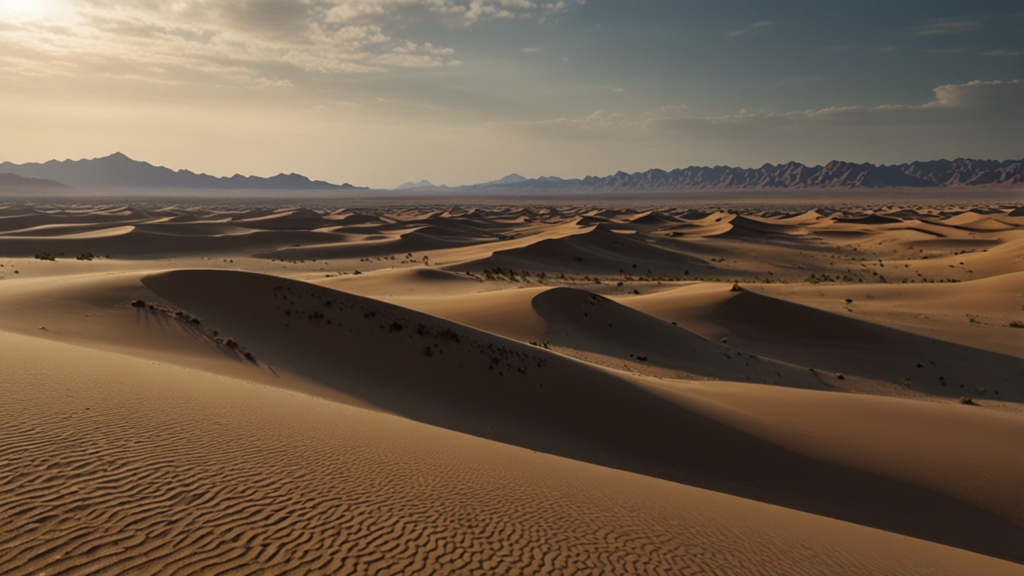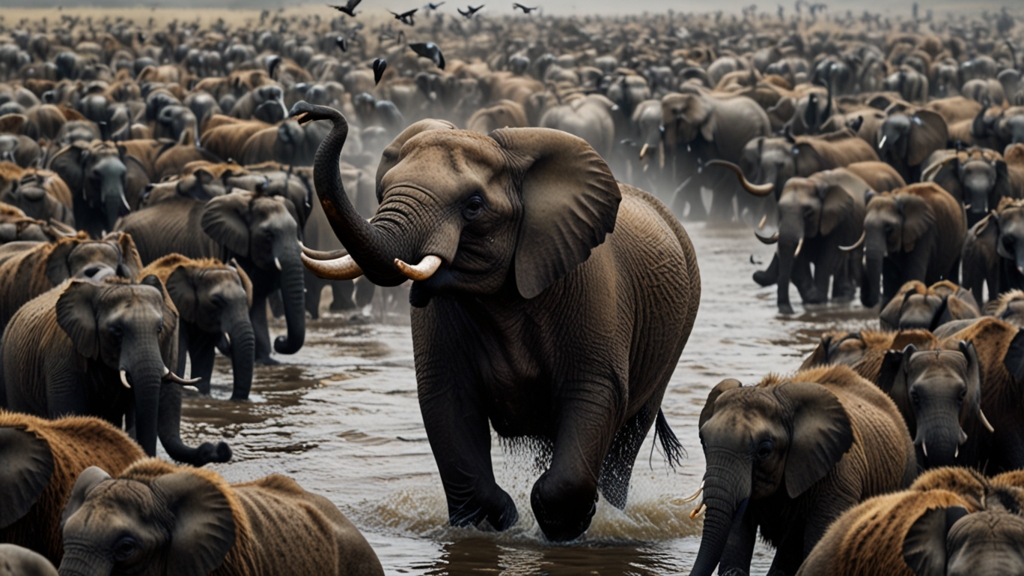Deserts and Dunes: The Fight for Survival in Harsh Environments
Deserts, vast expanses of sand and rock, are some of the most extreme environments on Earth. With harsh temperatures that can soar above 50°C (122°F) during the day and plummet below freezing at night, these areas present a relentless struggle for survival. Despite the seemingly inhospitable conditions, a surprising number of flora and fauna have adapted to thrive in these arid landscapes.
Adapting to Aridity: Flora in the Desert
Life in the desert is a testament to the resilience of nature. Plants, in particular, have developed ingenious adaptations to conserve water, their most precious resource. Cacti, one of the most iconic desert plants, have thick, fleshy stems that store water. They also possess a modified form of photosynthesis known as CAM (Crassulacean Acid Metabolism), which allows them to fix carbon dioxide at night, reducing water loss during the heat of the day.
Similarly, many desert plants have extensive root systems that spread wide or delve deep into the ground to tap into underground water sources. The Creosote Bush, for example, has roots that can extend over 50 meters to access deep moisture reserves. Meanwhile, the tiny leaves of the Mesquite Tree help minimize water loss through transpiration.
Ingenious Fauna: Animals of the Dunes
Adaptations are not confined to desert flora; fauna too have developed fascinating strategies for survival. Many desert animals are nocturnal, venturing out only at night to avoid the scorching daytime temperatures. The Fennec Fox, with its large ears, uses these appendages not only for keen hearing but also as a means of dissipating heat.
Another remarkable example is the Kangaroo Rat, which can survive without drinking water. This small rodent obtains all the moisture it needs from its food and has specialized kidneys that produce highly concentrated urine to minimize water loss.
“In the desert, the line between life and death is drawn by water. Those who can adapt, survive. Those who cannot, fade into the sands of time.”
Ecosystems in Delicate Balance
Desert ecosystems are incredibly delicate. Human activities, such as overgrazing by livestock and unsustainable water usage, can easily disrupt the fragile balance. Over the past few decades, desertification has increased, leading to the loss of valuable habitats and the decline of biodiversity. Efforts are now being made across the globe to combat desertification and restore degraded lands.
Human Ingenuity and Survival
Humans too have learned to survive and even thrive in desert environments. Indigenous peoples, such as the Bedouins of the Arabian Desert and the Berbers of the Sahara, have lived in harmony with their surroundings for centuries. These communities rely on traditional knowledge and practices passed down through generations to find water, cultivate crops, and raise livestock.
“The desert teaches patience and endurance. It is a land of subtle beauty, where survival is a proof of resilience and ingenuity.”
Modern technology is also playing a role in making desert living more feasible. Innovations in solar energy, for instance, are turning deserts into vast fields of renewable energy, providing electricity to regions far beyond their arid borders. Desalination plants are another technological advancement that turns seawater into drinkable water, vital for sustaining life and agriculture in desert regions.
Conservation and the Future
As climate change progresses, the fight for survival in desert regions will become even more challenging. Conservation efforts are essential to preserve these unique ecosystems and the life forms they support. Educational programs and sustainable practices must be promoted to reduce human impact and promote the regeneration of desert landscapes.
In conclusion, the deserts and dunes, with their harsh climates and unforgiving terrains, continue to be arenas where life showcases its extraordinary ability to adapt and endure. From the flora and fauna that have evolved remarkable survival strategies to the human ingenuity that turns challenges into opportunities, the desert exemplifies the enduring spirit of resilience.
“In every grain of sand, there lies the story of survival, adaptation, and the relentless will to endure.”















